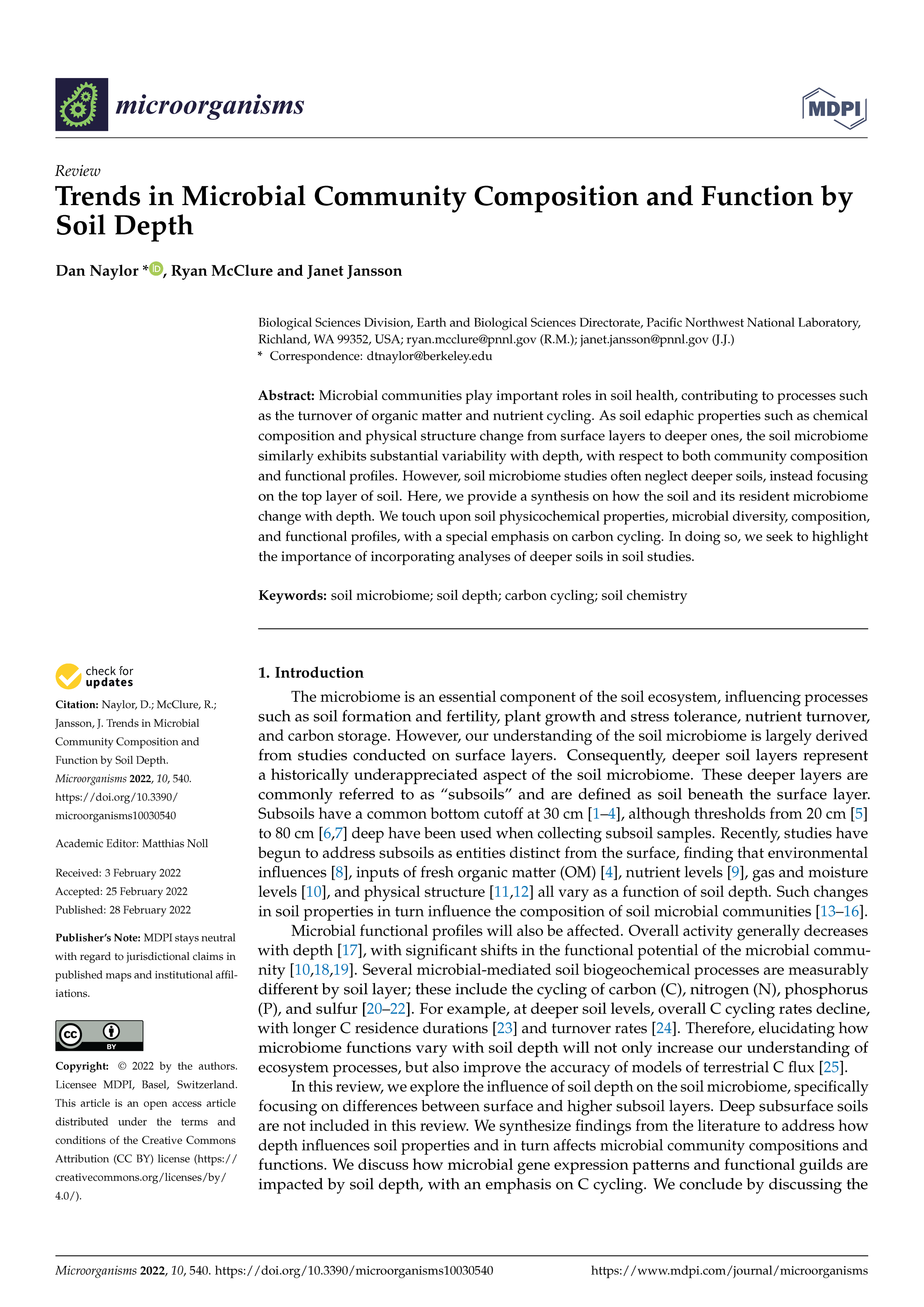About Us
We prevent flooding and sequester carbon by injecting wood slurries underground.
We design for speed.
Elevation as simple as an outlet - pull up and plug in.
Injection Process
We have heavily optimized our equipment to be mobile and quick to deploy. A two man team can drill, setup, and decommission an injection well in under an hour. Our track-mounted, modular equipment can be configured to optimize for elevation or sequestration specific needs.
Precision Elevation
Our advanced sensor suite allows our injections to be done rapidly while remaining invisible to the naked eye. When injecting for elevation, we use patented aperture control technology to confine the shape of the slurry as it grows. This in conjunction with real-time topographic monitoring and regular drone surveys assures elevations with centimeter level precision.

We optimize for automation.
Our sites are planned as easily as
molding clay and executed by pressing start.
Geo-Reasoning AI Model
Using datasets gathered from successful injections, we’ve developed an ML-based system to compute the optimal locations and respective depths to drill injection wells for each site. This system drastically reduces engineering hours when planning projects and enables quick iteration.
Automated Injection Control
The injection process uses an end-to-end automated control system which adaptively modifies the composition of the slurry, all pumping parameters, and the distribution of material to all wells in real-time. This is achieved through computing an evolving model of subterranean aperture behavior using our sensor array throughout the course of injection. This proprietary system enables fully remote operation throughout the entire lifetime of elevation or sequestration-focused sites with minimal human intervention.
Achieving 10,000+ year permanence
The environment created by our injections specifically targets the sequential biochemical reactions required for wood decomposition and emission of GHGs under anaerobic conditions, each driven by distinct microbial populations. This multifaceted approach targeting and disrupting each step required for GHG production and emission, ensures 10,000+ year carbon sequestration.
Preventing Degradation
Degradation inhibition is achieved by the establishment of physical and energetic limitations. Physically, the extreme compaction in our sequestration environment results in static conditions, restricting groundwater movement, nutrient replenishment for microbial degradation, and the elimination of byproducts that prevent degradation. Energetically, the absence of oxygen in our environment limits microbial biochemical reactions, as these organisms are forced to use less energetically favorable non-oxygen electron acceptors. Furthermore, Levitree selects lignin-rich biomass, inherently resistant to decomposition and low in nitrogen, a crucial element for microbial metabolic processes. These combined factors prevent degradation and GHG production at the source, contributing to lasting biomass preservation and carbon sequestration.
Preventing Emission
Emission of any produced GHG is prevented through the obstruction of GHG migration. The extreme depth and compaction of our sequestration environment act as barriers, preventing any potential CO2 and CH4 emissions from migrating upward into the atmosphere. Moreover, due to the extended migration time, any CH4 that reaches the biologically active upper soil layers is predominantly oxidized, reducing atmospheric flux.
Relevant Papers














